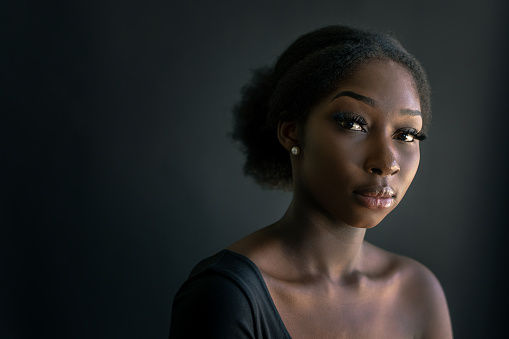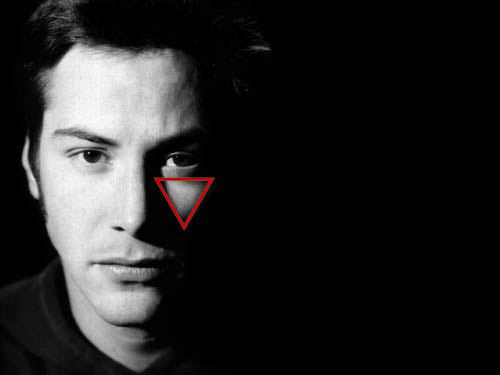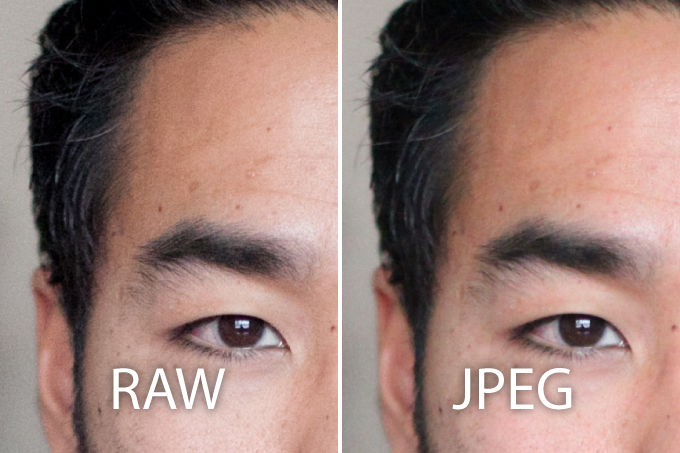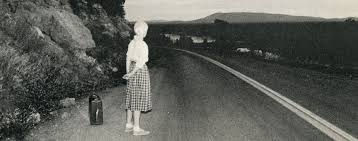Different types of lighting
- Julita Mbazuigwe
- 31 paź 2022
- 3 minut(y) czytania
Zaktualizowano: 1 lis 2022
photography [gr. phōs, phōtós 'light', gráphō 'I write']
From the beginning, the basis of photography and the very recording of the image was light captured with a photosensitive material. Once upon a time, through photochemical processes, and nowadays, with the participation of digital matrices, both stationary and moving images are captured. Light is the most crucial element in the art of photography. It is it that makes image preservation possible. However, it is not always possible to take good photos without additional lighting because sunlight is only sometimes satisfactory. Therefore, the proper selection of it is essential and cannot be disregarded.
Due to the nature of the light used to illuminate photos, they may be
divided into two types:
- hard light, also called sharp,
- soft light, otherwise known as diffused light.
Hard light is characterised by strongly defined shadow edges with clear contrast.
Such lighting is rarely used and is often avoided, especially in portrait photography as it highlights the flaws such as wrinkles, scars etc. Sometimes, however, it is used to emphasise for this reason certain features.

Soft light, on the other hand, leaves shadows with soft contours without causing clear contrasts and noticeable boundaries between light and shadow. It is usually formed by reflection and diffusion of the light source with a reflector or a diffuser as a softbox or other translucent material.
In the case of sunlight, clouds can act as a diffuser. Most often, it is used in macro photography or portrait photography.

Now, let's look at the direction from which the light falls. In this respect, light is divided into:
* front
* back
* side
* upper
* lower
The front light illuminates the subject of our frame from the front, coming from behind the photographer's back. We deal with this type of lighting, for example, when we place the model with the face turned directly towards the sun. It illuminates the face and figure of the model evenly, creating shadows only behind the model.
The opposite of front lighting is rear lighting. It is created when the light source is behind the photographed object and in front of the photographer.
The most desirable direction of light incidence in photography is side lighting. We speak of side light when the subject of the frame is illuminated from the side. It can be, for example, the light falling from the window on the right or left side of the model.
Overhead lighting is created when the light source is directly above the model.
And finally, the lower lighting. We speak of such light when we illuminate the subject of the frame with a light source placed from below in relation to the subject.
Other types of lighting:
Split lighting Side lighting/lights half of the subject's face while leaving the other half in shadow. Place the subject at 90˚ to the light source.

fot: https://www.photographytalk.com/portrait-lightin-g-made-easy
Loop lighting Pattern creates a circular shadow on the subject's face just under the nose, on the neck, and under the chin. Simple with one source of light, e.g. softbox or umbrella. Essential for portraits.

fot: https://www.studiobinder.com/blog/what-is-loop-lighting-photography/
Butterfly lighting is used in portrait photography, where the key light is placed above and on the subject's face. It creates a dramatic shadow under the nose and chin that looks like a butterfly. Also known as 'Paramount' lighting (used in Hollywood)

fot: https://www.pinterest.com/pin/joanne-gair-on-instagram-did-you-catch-photographer-lindsayadler_photo-video-about-paramount-lighting-up-on-adorama-yo--434808539033569950/
Rembrandt light Dramatic light. It consists of a single light source placed 45˚ offset from the subject, about 150 cm away, angled slightly downwards and hit the side of the face farthest away from the camera. It gives a characteristic triangle shape under the eye.

fot: https://abifarrellblog.myportfolio.com/rembrandt-lighting
Rim light Accentuates the subject's mystique, leaving the facial features and details in the dark but highlighting the shape.

fot: https://fixthephoto.com/rim-light-photography.html



Comments